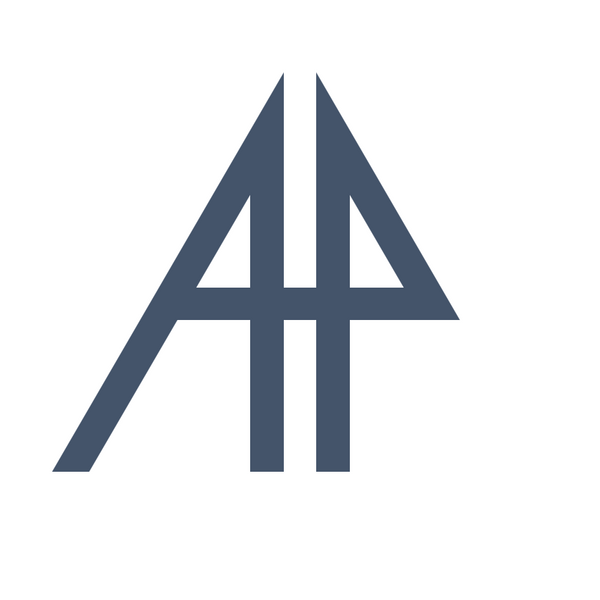CONCEPT
At this stage of the project, the primary components were chosen, the design was established, and gearing modifications were planned. The remaining focus was on aesthetics and usability. In my opinion, no matter how hard I try, external cable runs on bikes never look quite right; internal cables are more visually appealing.
My Bikes:

The Look I want:

Credit: Roadbikeaction.com
PRACTICES
Different companies have used various systems for internal cable routing. Specialized's recalled system used C-shaped alloy spacer rings to run the cables in front, while Factor and Cervelo used non-round steer tubes for the same purpose. BMC and Look utilized oval steerers to run the cables down the side. Control Tech and Allied routed both cables inside the steerer tube, with a hole in the back of the fork for the rear brake cable to enter the frame. The FSA ACR system is readily available in the aftermarket. This system avoids putting holes in the high-stress section of the fork right above the crown race. However, the ACR system's C-shaped aluminum insert presents a conceptual issue: under braking, the rider's weight slowing down is placed on the tiny surface area on the edges of that C shape. While FSA's system is widely used and has few documented failures, Deda updated their DCR system in 2021 to use a composite spacer and then a larger one, providing a more reliable alternative.
Yet, all these systems share a common drawback: they make the bike harder to work on. A truly modular handlebar design, with wireless shifters and an easy way to connect and disconnect hydraulic cables, would be a significant improvement. Quick-connect hydraulic systems like Formula Speedlock and Zeno Speedlink offer potential solutions, but their placement is a challenge.
Combining the FSA ACR stem with the Deda spacer seemed possible if I could find a way to route the cables into the stem. The Enve SES Aero bar I chose wasn't drilled for fully internal routing, so I needed to create some 3D printed parts.
3D PRINTED BITS
With the decision to use the ACR stem and expander plug alongside the Deda DCR compression ring, I set out to design spacers made from MJF Nylon with Glass Fibers to ensure strength and durability. Keep in mind that the choice of material and manufacturing method was intentional, as these are functional components.



The initial design for the headset top cover and spacer had three main purposes:
1. Interface between the Deda DCR spacer and the ACR stem.
2. Create enough space for a Zeno coupler to pass through the opening.
3. Offer an outlet for running hoses or wires as needed.
The latter two requirements made it necessary to design a custom part. Considering the shape of the Deda spacer, designing for it was actually easier. Additionally, I preferred the Deda spacer due to its composite construction and larger contact area.
Regarding aesthetics, I also needed to address the upper headset bearing issue. A more common solution would have involved an Is52 type head tube, but I wanted to avoid potential complications with the fabricator. So, I opted for a simpler approach using an EC44 head tube with a larger 44/40 bearing size, a solution first seen with Nate Zukas and later by Festka.
It's worth noting that the Deda spacer comes with both 36-degree and 45-degree fitments. For this specific bearing, the 36-degree one is required.
The images below showcase how this initial design turned out.

Modding for the Fork
If this were a production bike, it would use forks designed specifically for cable routing. However, since it's a custom project, I needed to find a way to conceal the cable port. This called for some arts and crafts, as there were no online instructions for this process and professional painters seemed uninterested in working on just a fork.
Thankfully, I had an internet friend experienced in composites who offered advice. I began by masking the area around the cable port and cutting it off with an X-Acto knife. It turned out to be a molded plastic part with a liner and minimal carbon. I then sanded the area flat.

To plug the hole and achieve a good finish, I used a two-part epoxy putty with a filler, as advised. Though intended for doors, it worked well. After a few days of curing, I sanded it smooth.

Next, I re-masked the fork and applied a single coat of gloss black Montana Gold spray paint in a symmetrical design to cover the worked area. I used automotive "scratch remover" to even out the paint.

To add depth, I applied a single coat of Spray.bike varnish over the black. The results exceeded my expectations.

However, since Montana Gold and Spray.bike are alcohol-soluble and the bike would also encounter DOT fluid, I used a Preval Sprayer and Cerakote Matte Clear for the final layer. Although I lost the 3T graphic, I was pleased with the outcome, which held up well after being wiped down with rubbing alcohol.

I performed all the spraying in a shed using a cardboard box and wore a respirator for safety
